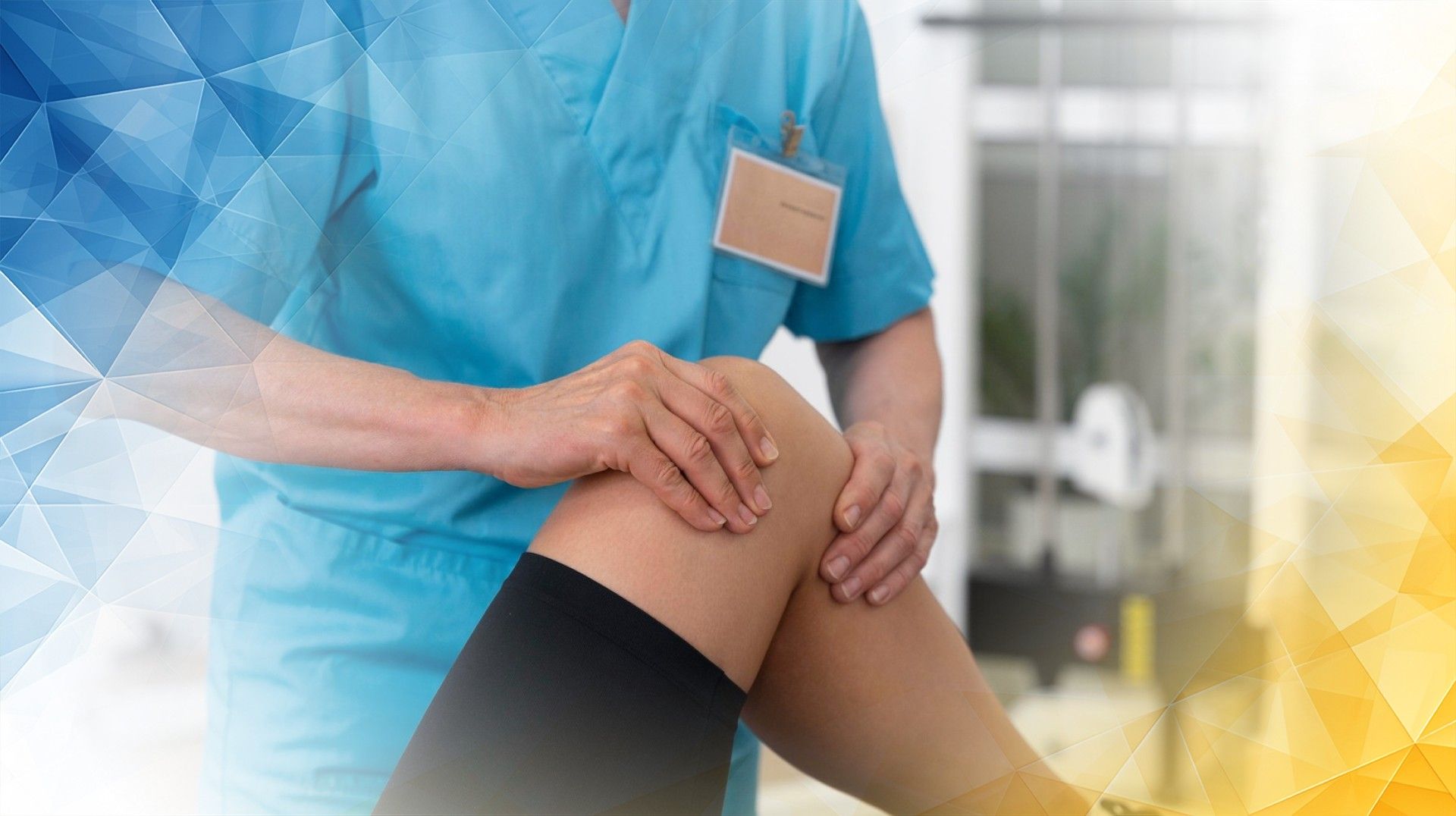



An anterior cruciate ligament (ACL) tear is a common injury , especially among athletes and active individuals. The ACL is one of the key ligaments that helps keep your knee stable during movement. When it tears, you may experience pain, swelling, and sometimes feel your knee give out. While surgery is often discussed as the default treatment, many people successfully manage ACL tears without surgery by committing to rehabilitation and other conservative approaches. In this article, we’ll explore how non- surgical treatment can help you regain long-term knee function and maintain your quality of life—focusing on effective rehab strategies and the importance of staying consistent with your program.
The ACL’s main job is to prevent the shinbone ( tibia ) from sliding too far forward relative to the thighbone (femur). After a tear, your knee can feel unstable and is at a higher risk for further injuries. Treatment generally falls into two categories: surgical and non-surgical. Surgery aims to reconstruct the ligament and restore stability, but it comes with risks such as infection , blood clots, and a long recovery period. Non-surgical (conservative) management relies on physical therapy, supportive bracing, and lifestyle modifications to strengthen and stabilize the knee. This approach is often suitable for people with partial tears or those who do not regularly participate in high-demand sports. However, a non-surgical approach requires realistic expectations—some people may continue to experience mild instability or develop new knee issues without surgical repair.
Multiple long-term studies have shown that non- surgical treatment can yield excellent results for many patients. Many people report less pain, improved knee movement, and a return to regular activities—even sports—without surgery. The key is having a well-structured and closely followed rehabilitation plan. For example, research has found that “Non-operative treatment demonstrated satisfactory outcomes for some patients with isolated ACL tear s” (Sanders et al., 2016). This underscores how essential it is to commit fully to rehabilitation for the best chance at success.
Rehabilitation is the foundation of non- surgical ACL treatment . Guided physical therapy focuses on building up the muscles around the knee —mainly the quadriceps and hamstrings—which act as natural stabilizers. A good rehab program also trains your balance and proprioception (awareness of your joint’s position in space), reducing the risk of further injury. During this process, it’s important to avoid activities that overstrain your healing knee , such as deep squats or jumping, until you’re cleared by your therapist. A knee brace may offer extra support in early rehab. Consistency is crucial; those who stick to their rehab routine usually see the most progress. Still, some people may experience episodes of instability or eventually decide on surgery if their knee doesn’t feel secure.
Knee recovery depends on more than just the ligament itself. Strong, well-coordinated muscles help stabilize the joint, even when the ACL is torn. Rehabilitation exercises are designed to improve strength, neuromuscular control, and alignment, all of which protect the knee and help you move with confidence. Studies have shown that patients who build up their leg muscles and improve their control tend to do better over the long term. Skipping rehab, on the other hand, increases the risk of further injuries like arthritis or meniscus tears. Research also indicates that “radiographic osteoarthritis was more common in non-operatively treated ACL tears over time” (Sanders et al., 2016), highlighting the importance of an ongoing commitment to knee health.
Avoid activities that could cause new injuries during your rehab. Listen to your body and consult your healthcare team regularly.
Outcomes depend on your activity level and how severe your tear is. People who aren’t involved in high-impact sports often find that rehab alone is enough to return to their normal routines. Recreational athletes may resume many of their favorite activities, often with some ongoing care to keep the knee in shape. However, competitive athletes or those whose work demands peak physical performance may ultimately need surgery to regain full stability. Success with non- surgical treatment is most likely when the injury is less severe and the rehab plan is followed closely.
In summary, dedicated rehabilitation and non-surgical management are viable options for many people with ACL tear s—especially those looking to maintain knee function and quality of life in the long term. While surgery is sometimes needed, especially for athletes or those seeking to return to high-level activity, conservative treatment is effective for many. Ongoing research continues to refine rehab techniques, tailoring care to each individual. If you have an ACL injury , work with your healthcare team to develop a treatment plan that matches your goals and lifestyle. With the right support and determination, you can enjoy strong, stable knees for years to come.
All our treatments are selected to help patients achieve the best possible outcomes and return to the quality of life they deserve. Get in touch if you have any questions.
At London Cartilage Clinic, we are constantly staying up-to-date on the latest treatment options for knee injuries and ongoing knee health issues. As a result, our patients have access to the best equipment, techniques, and expertise in the field, whether it’s for cartilage repair, regeneration, or replacement.
For the best in patient care and cartilage knowledge, contact London Cartilage Clinic today.
At London Cartilage Clinic, our team has spent years gaining an in-depth understanding of human biology and the skills necessary to provide a wide range of cartilage treatments. It’s our mission to administer comprehensive care through innovative solutions targeted at key areas, including cartilage injuries. During an initial consultation, one of our medical professionals will establish which path forward is best for you.
Contact us if you have any questions about the various treatment methods on offer.
Legal & Medical Disclaimer
This article is written by an independent contributor and reflects their own views and experience, not necessarily those of londoncartilage.com. It is provided for general information and education only and does not constitute medical advice, diagnosis, or treatment.
Always seek personalised advice from a qualified healthcare professional before making decisions about your health. londoncartilage.com accepts no responsibility for errors, omissions, third-party content, or any loss, damage, or injury arising from reliance on this material. If you believe this article contains inaccurate or infringing content, please contact us at [email protected].